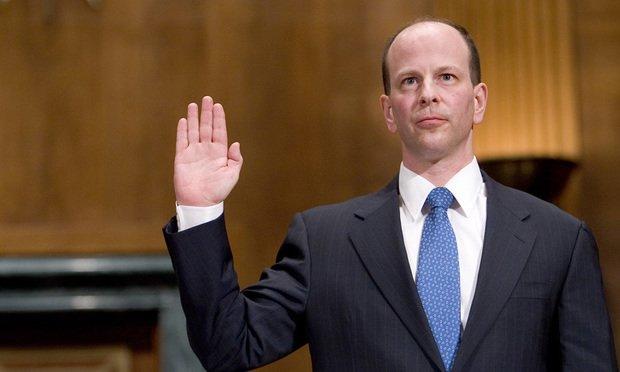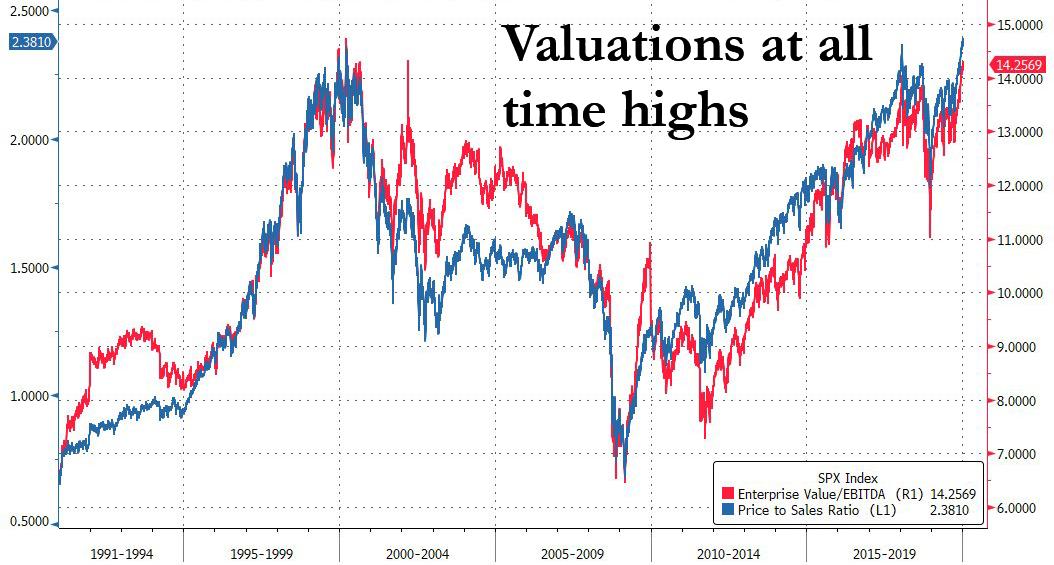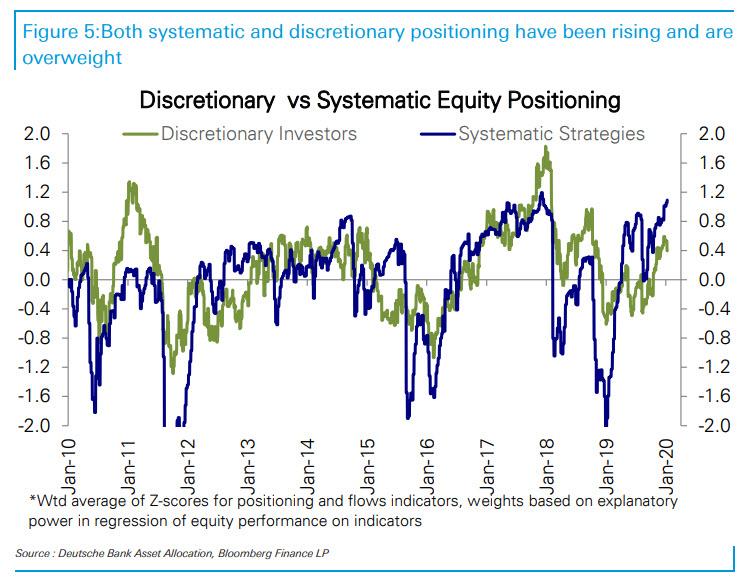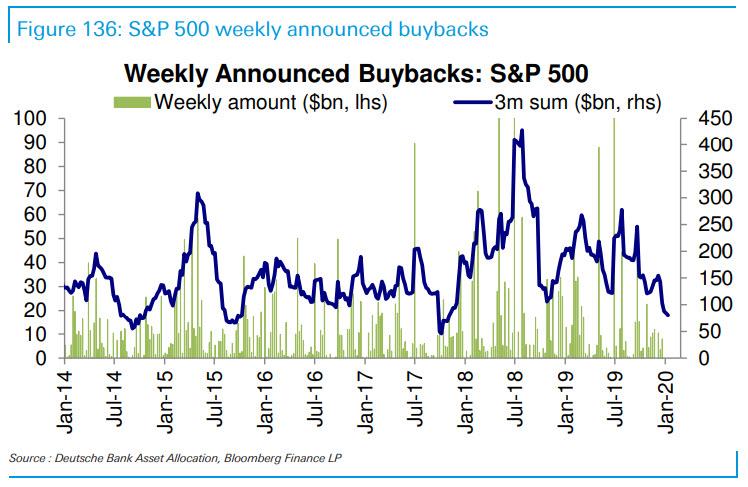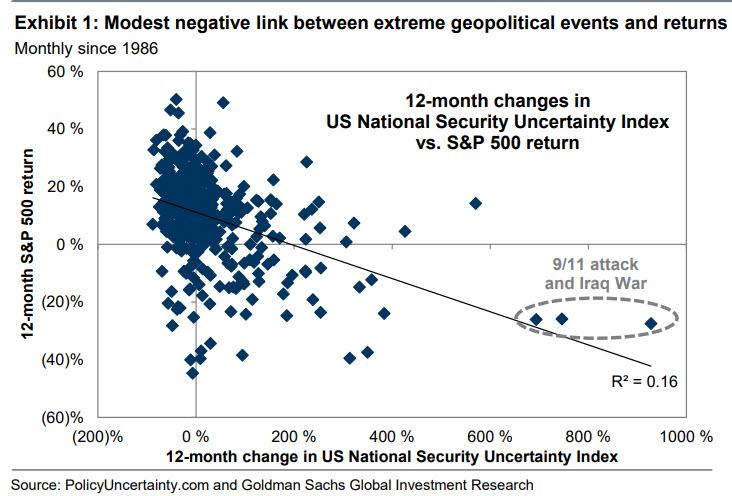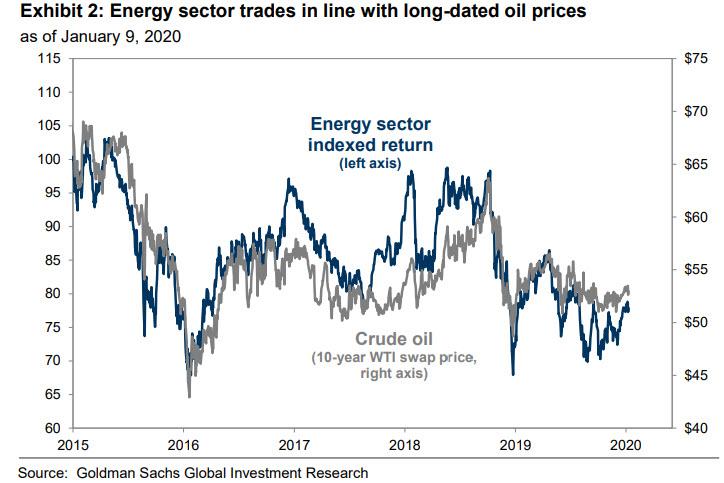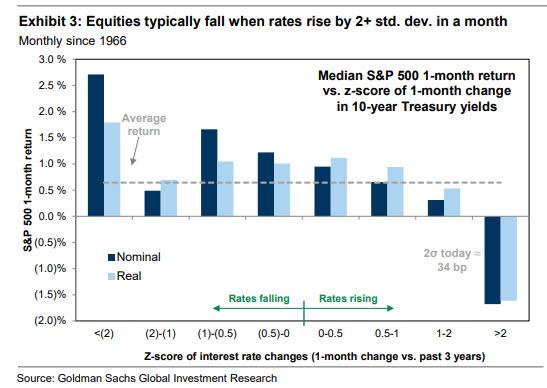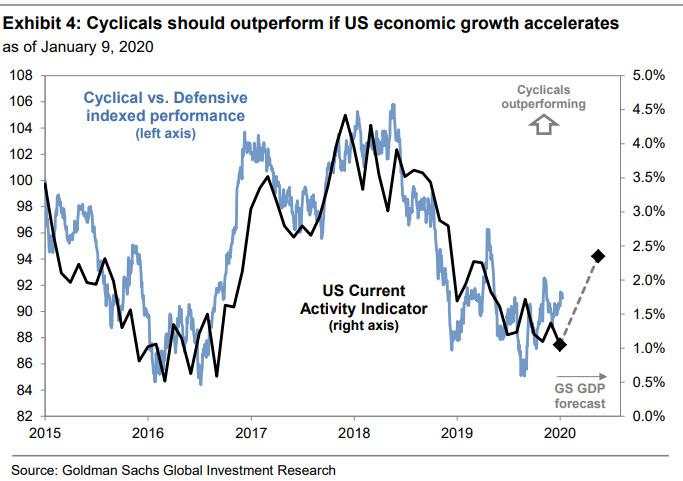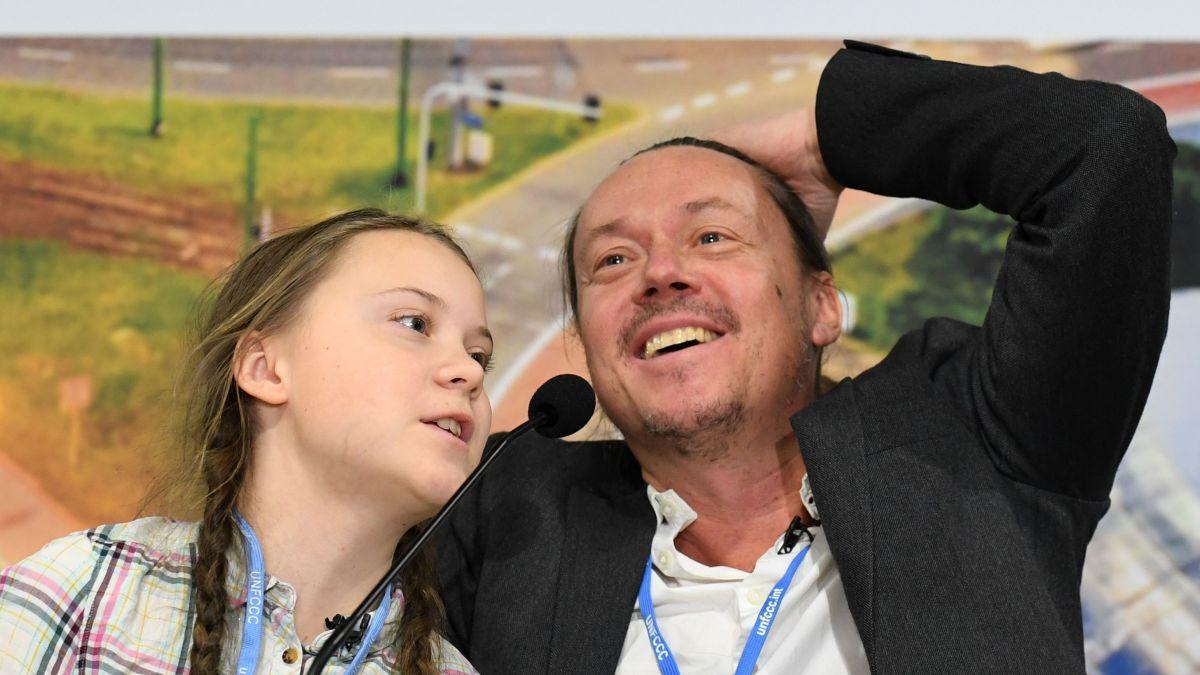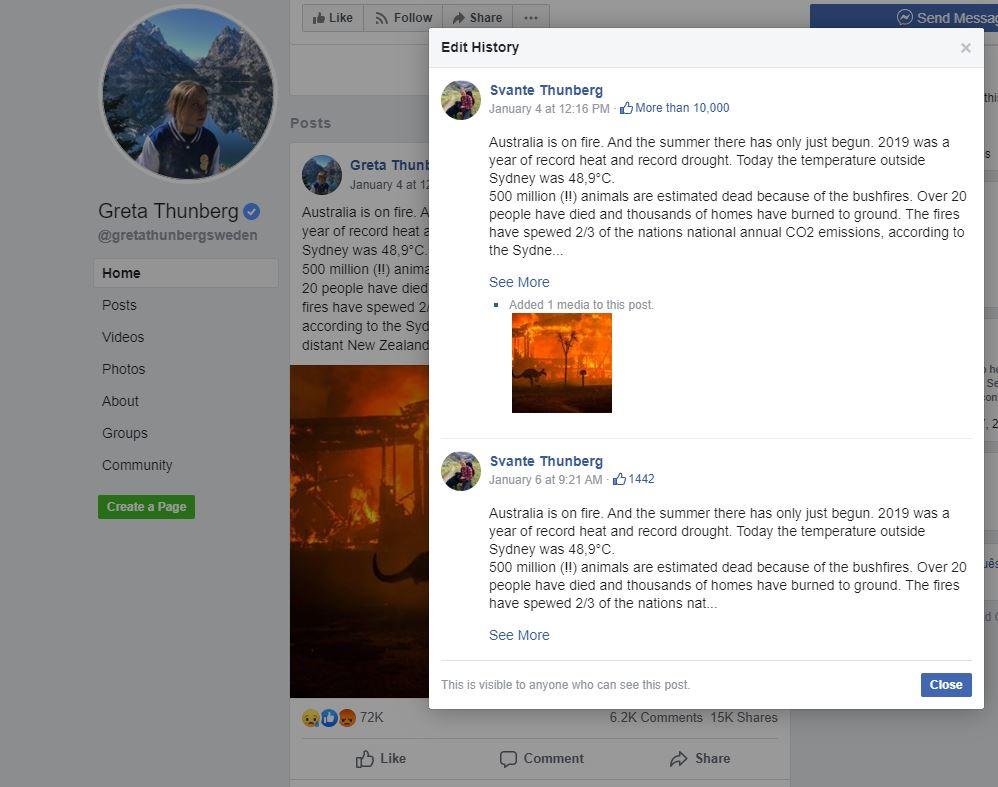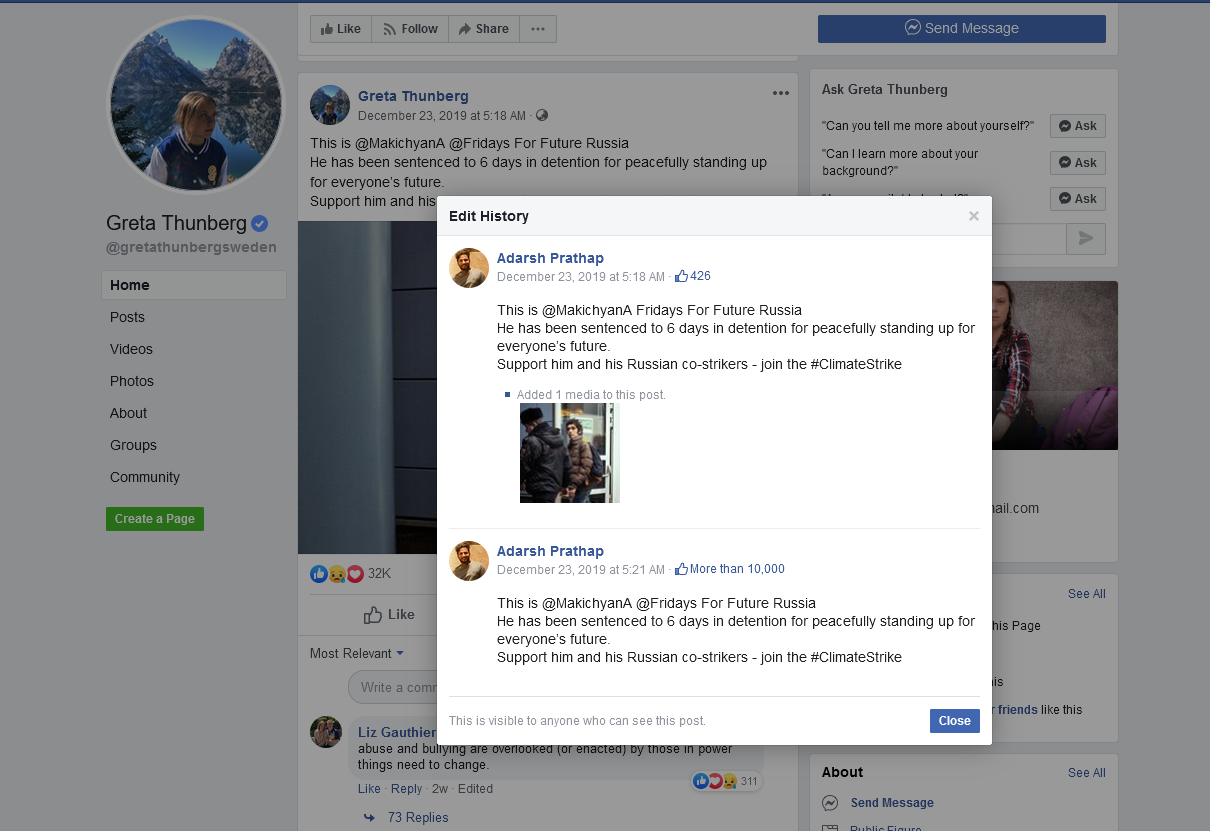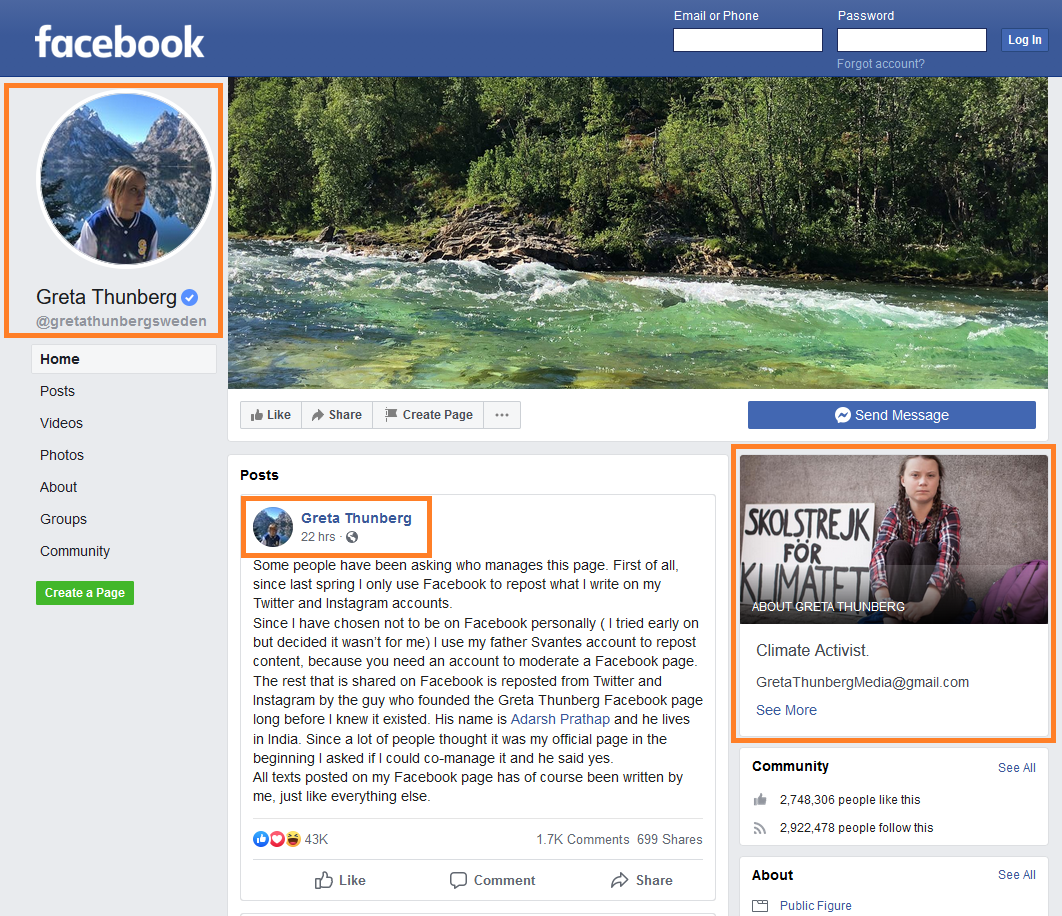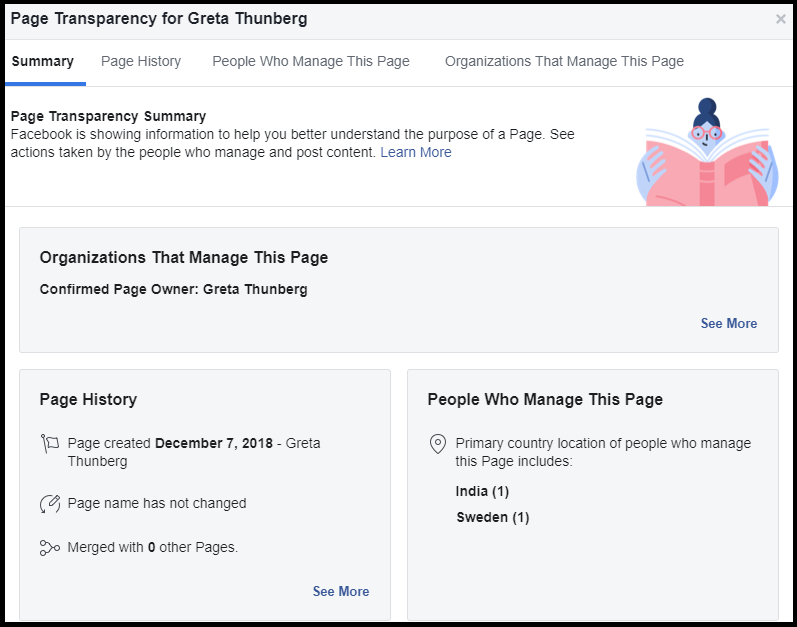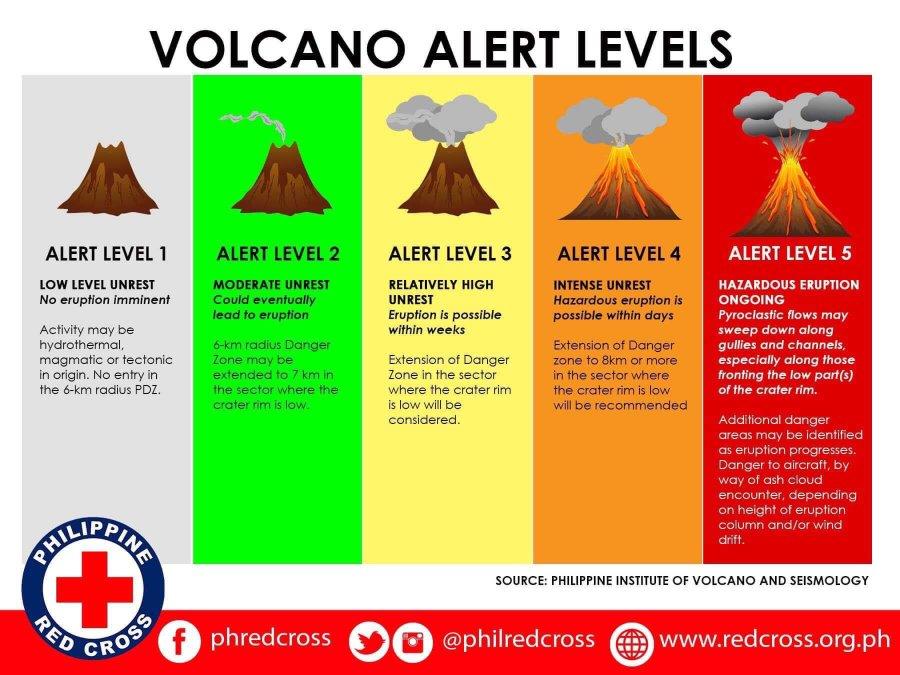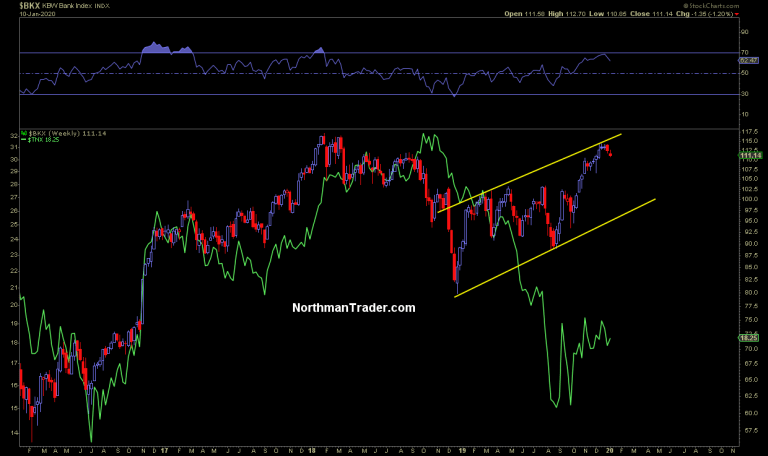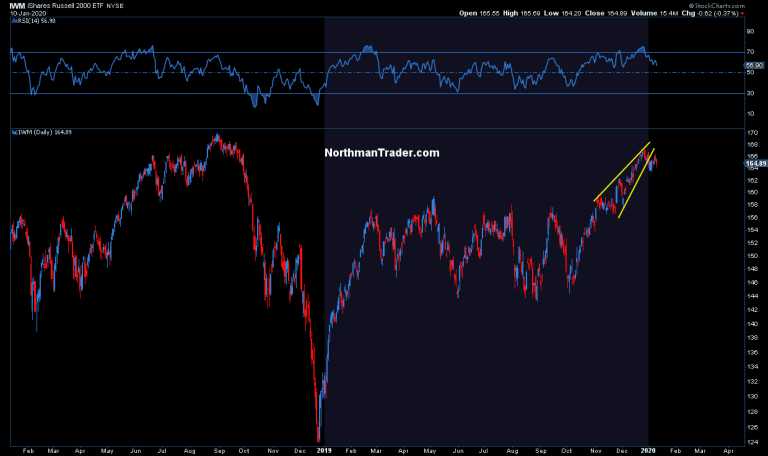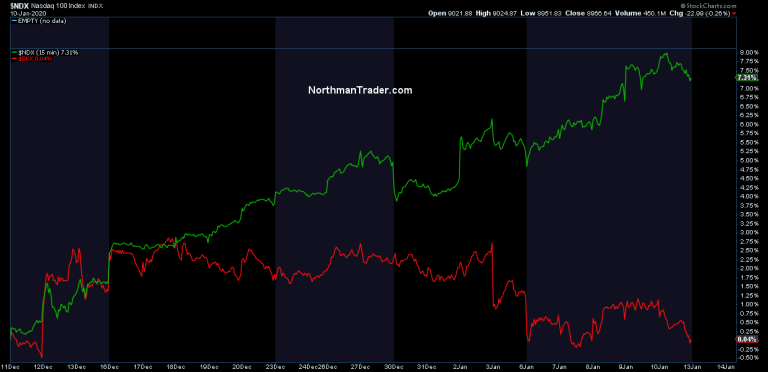“A Ridiculous Choice” – FISA Court Sparks Firestorm, Appoints Conflicted, Anti-Trump Attorney To Oversee FBI Fixes
Update: President Trump has also noticed the ridiculous choice of Kris as FBI overseer…
You can’t make this up! David Kris, a highly controversial former DOJ official, was just appointed by the FISA Court to oversee reforms to the FBI’s surveillance procedures. Zero credibility. THE SWAMP! @DevinNunes @MariaBartiromo @FoxNews
— Donald J. Trump (@realDonaldTrump) January 12, 2020
The President appears to be referencing Maria Bartiromo’s report from earlier this morning:
.@DevinNunes tells @MariaBartiromo the ICIG was actually a lawyers for some of the people involved in the FISA abuse scam. The ICIG in theory works for the Congress. So it wouldn’t be hard for them to get the documentation of their stupidity. pic.twitter.com/t4NfErFw7C
— The Dirty Truth “Josh” (@AKA_RealDirty) January 12, 2020
* * *
Sharyl Attkisson, via SharylAttkisson.com, reports that on Friday, the FISA Court posted an order naming anti-Trump lawyer David Kris to “assist the court” in assessing the FBI’s response to the court-ordered cleanup of lapses and abuses identified by Department of Justice Inspector General (IG) Michael Horowitz.
In a report released last month, the IG found FBI officials violated rules, policies and law in their applications to wiretap former Trump volunteer Carter Page. Horowitz testified the FISA surveillance process needs to be fixed “from top to bottom.”
To some, the appointment of Kris is as mysterious as why the FISA Court’s judges failed to flag the FBI abuses on their own.
In social media posts, Kris has called Republican Congressman Devin Nunes “a politicized, dishonest [Intelligence Community] overseer who attempts to mislead.”
“The Nunes memo was dishonest,” said Kris.
“And if it is allowed to stand, we risk significant collateral damage to essential elements of our democracy.”
He tweeted that Trump and his advisors should be “worried” that the “walls are closing in on him” regarding the Mueller probe.
Kris also bought into the now-disproven conspiracy theory about Trump colluding with Russia and Putin.
But even more importantly, since that time, Kris has advocated for President Trump’s removal.
Kris’s vocal opinions on President Trump and politics present numerous, obvious conflicts of interest.
Regardless, however, America is now faced with a very stark choice: do we want to be a country in which elected officials can use their governmental power to attack political opponents? If not, it’s pretty simple: Trump has to go. 5/5
— David Kris (@DavidKris) October 3, 2019
In addition, Kris writes for the anti-Trump blog “Lawfare” and called Lawfare’s chief, Benjamin Wittes, “incisive.” Wittes is the man who wrote of the need for an “insurance policy” against Trump prior to Trump’s election.
[O]ur democracy needs a health insurance policy…The courts have a few obvious advantages, starting with hundreds of independent judges of both parties whom Trump cannot remove from office and who don’t have to face his supporters in forthcoming elections…The goal…will be to offer a systematic defense of the values the Coalition of All Democratic Forces holds in common and to have the ability to respond rapidly to actions that threaten those values: to forestall such actions in court as long as possible, to whittle them down, and to block those that can be blocked. The goal is to use the courts to render Trump’s antidemocratic instincts as ineffectual as possible.
Benjamin Wittes, blogger, “Lawfare,” Oct. 24, 2016
Wittes is also a friend of ex-FBI Director James Comey who was referred for criminal charges for mishandling and leaking government information in his anti-Trump efforts. (The Justice Department passed up charges, with officials stating they didn’t believe Comey meant any harm.)
IG Horowitz flagged 17 mistakes in the FBI’s surveillance applications against Page and testified, “I think it’s fair for people to … look at all these 17 events and wonder how it could be pure incompetence.”
Likewise, one could look at the FISA Court’s appointment of Kris to help fix things… and wonder whether it could be pure incompetence.
The latest FISA Court action could be construed as a moment of chilling charity in the ongoing questions about how these abuses could have occurred, and the challenges with fixing them.
“He’s not going to do anything because in the end Kris doesn’t believe there was anything wrong with what went on at the FBI,” said a former law enforcement official.
“His selection by the FISC is how bureaucrats protect themselves and could care less about the American people or the Constitution.”
Additionally, House Intelligence Committee Devin Nunes’ told SaraACarter.com Sunday, that:
“It’s a ridiculous choice. The FBI lied to the FISC, and to help make sure that doesn’t happen again, the FISC chose an FBI apologist who denied and defended those lies. The FISC is setting its own credibility on fire.”
Read the FISA Court order naming Kris below:
Tyler Durden
Sun, 01/12/2020 – 14:20
via ZeroHedge News https://ift.tt/35MPgL6 Tyler Durden
